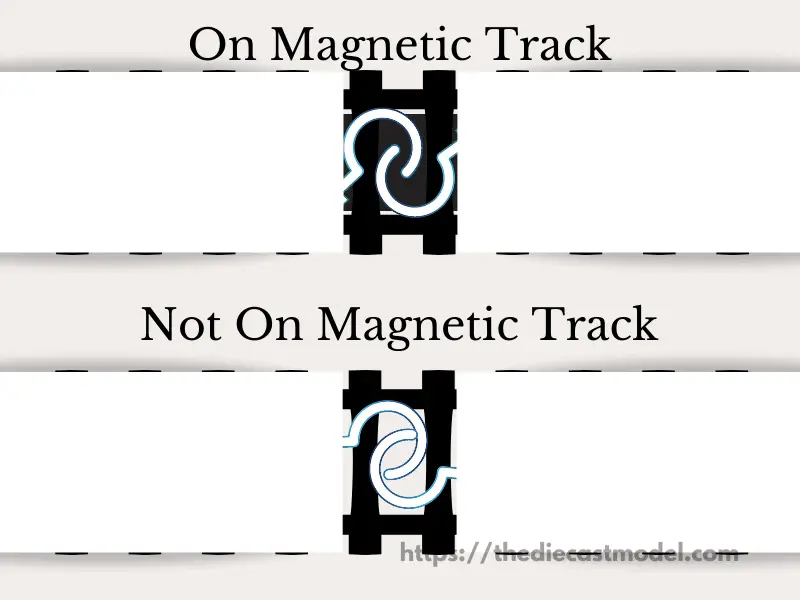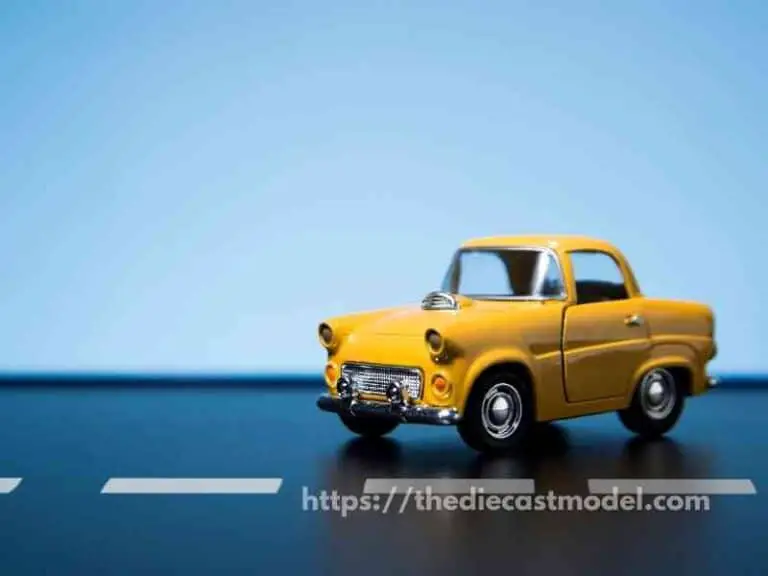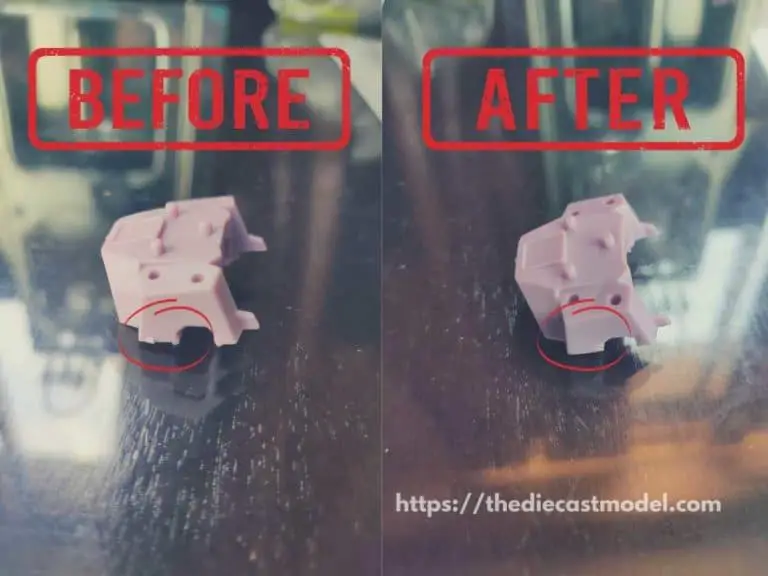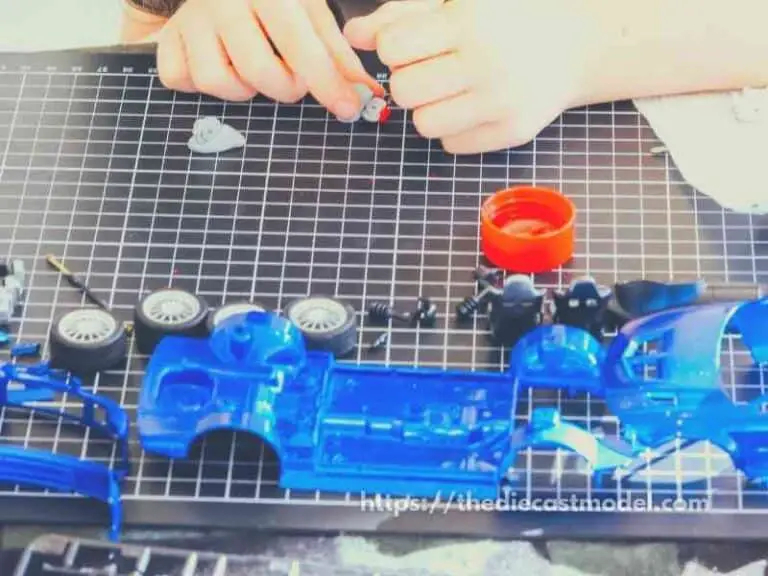What are HO Couplers and Are They Compatible with Other Brands? A Look into HO Couplers and their Mechanism of Action
Couplers are small pieces of metal that connect the train. However, even if they’re small, they are the ones that make model railroading fun and possible. In this post, I will talk about the couplers used in the HO scale model trains and their compatibility with one another.
HO couplers are small metal pieces that connect the cars of an HO scale train. Without them, connecting the train locomotive and the cars will be impossible. These model couplers tend to work by either tension coupling or magnetic coupling.
This blog post will discuss HO couplers. What are they, and are they compatible with other brands. I will also talk about their function, mechanism, and types to help you in train modeling.

How do HO train cars connect together?
HO train cars connect together using a coupler. The couplers used in HO train cars can either be connected using tension coupling or magnetic coupling. Furthermore, these couplers can also be differentiated by their sizes, such as the standard couplers and the scale couplers.
Initially, these couplers are made with buffers and chains.
These are large chains of three links connecting hooks on the adjoining wagons.
There are many types of couplers, such as Fleishmann Profi, Fleishmann Hook, Roco Universal, Roco Type II, and Marklin.
There are many couplers, but one common thing that connects train cars is a principle known as called tension coupling.
There are three kinds of tension couplers: small, medium, and large tension couplers. Generally speaking, the larger tension couplers are better for tighter curves.
If these seem to be confusing, it’s perfectly fine because I will make it simple with the introduction of the two main types of couplers for HO trains.
In model railroading, note that tension coupling is often used in the UK. Most people in the USA often use magnetic couplers.
The most common magnetic coupler in the USA is Kadee which we will discuss later in this post.
But enough of the introduction, let’s start talking more about couplers.
When we talk about model railroading, we generally have two types of couplers. The two general types of couplers for HO model railroading are standard and scale couplers.
As the name implies, standard couplers are the general couplers used in model railroading. The advantage is they are generally made for model railroading.
However, these standard couplers are not into the scale for the simple fact that since the HO scale is 1/87 scale of an actual train, if the couplers are put into scale, it will be too small and weak for model railroading.
Examples of couplers that use standard couplers are Kadee #5, Accurail, and McHenry’s.
However, for people who are into detail and want everything to be on scale, standard couplers don’t work. That’s why scale couplers are used in those cases.
As the name implies, scale couplers are model couplers that are into a scale that makes sure that the coupler is also in the HO scale.
For the scale couplers, common examples are Kadee #146 and Sergents.
One question a beginner might have in mind is if these HO couplers are compatible with one another. With many brands, it can be confusing since there are many brands of couplers available such as Bachmann, Kadee, Sergents, Intermountain, McHenry, and Accumate.
That’s our topic for the next section.
Are all HO couplers compatible?
Generally speaking, HO couplers are compatible if they are of the same type. For example, standard couplers are compatible with other standard couplers regardless of brand. However, scale couplers are generally not compatible with standard couplers, even if they are of the same brand. Lastly, there are proprietary couplers that aren’t compatible with other couplers, such as the Virgin Voyager.
The reason why I first explained the standard and scale couplers is that this is the most significant factor to know if the couplers are compatible or not.
Generally speaking, standard couplers are compatible regardless of the brand.
This means the standard Kadee #5 is compatible with a coupler from McHenry’s since they are both standard couplers.
However, Kadee #5 is not compatible with couplers from Sergents since Sergents specializes in making scale couplers.
However, Kadee #58, a scale coupler made by Kadee, can be used with Sergrents since they are both scale couplers.
Also, some brands work better or worse with other brands. For example, you might have some problem with the automatic coupling of Accurails, but they will eventually work once coupled.
Another problem with coupling with other brands is with curves. While they are compatible, there are times when the trains won’t move smoothly on turns. This is another thing to think about when combining couplers with different brands.
This is also why while couplers are compatible regardless of the brand; most modelers would stick to one brand that they’re tested and works. For many, that’s Kadee.
I would like to add a tip to stay away from fake Kadee since they don’t work well and can break easily.
Plastic couplers can also work with metal couplers, provided they are of the same type. For example, a standard-size plastic coupler can work with standard metal couplers.
However, durability can be an issue with plastic couplers since you tend to replace them faster than metal couplers.
No matter how good your couplers are, the train wouldn’t move smoothly if your model was not within the NMRA standards.
That’s why most modelers are very keen on adjusting the weight of their cars by adding things inside if it’s a flat car or putting some weights such as knots if it’s a boxcar.
Lastly, some couplers won’t work with other brands. However, these couplers are not as common as standard and scale couplers.
The couplers that don’t work with other brands are called proprietary couplers.
Proprietary couplers only work with their own kinds, such as Virgin Trains Pendolino and Virgin Voyager. However, it’s not as common as Kadee, McHenry’s, and Sergents.
Two of the most common couplers are the EZ Mate couplers by Bachmann and Kadee. Thus, I prepared a separate section for the compatibility of these two.
Are EZ Mate couplers compatible with Kadee?
Bachmann’s EZ Mate couplers are compatible with Kadee since they are both standard couplers. However, note that Kadee also produces scale couplers that aren’t compatible with EZ Mate couplers, such as the Kadee #58. However, the standard Kadee #5 is compatible with EZ Mate.
Using the things we learned in this post, since both of these couplers are standard couplers, both the Bachmann’s EZ Mate couplers and the Kadee #5 are compatible with one another.
However, it’s a different story if we have a scale coupler such as the Kadee #58.
While there are ways to join the EZ Mate and Kadee #58, it is not recommended.
Did you know that Kadee uses magnetic couplers, which are convenient and loved by many modelers? If you want to learn more about the principle of how a simple magnet can make a modeler’s life easier, then continue reading.
How do HO scale magnetic couplers work?
HO scale magnetic couplers work by using the magnet in the track to cause the coupler’s rod to move left on the other side and right on the other. This causes the coupler to move with the rod. After crossing the magnetic track, the couplers will return to their original position causing it to lock.

Magnet in the rail causes the couplers to move, and one coupler will move on the right side, and the other one will move on the left. After leaving the magnet, the two couplers will move back and lock.
The magnetic couplers do a great job in joining and removing cars. This is also why magnetic couplers are one of the popular types of couplers in the USA.
However, not everything about magnetic couplers is great. For example, one disadvantage of magnetic couplers is that they are sensitive to height. This means the cars can fall off if it runs on heights.
This is because of the rod attached to the coupler, which is the one that moves it. Once the train goes up or down, it can accidentally adjust the rod, causing the train to decouple.
Furthermore, please do not put the tracks with a magnet on your layout since the cars going into it can decouple.
This is why many modelers are still into tension coupling, which I explained at the start of this post.
While HO magnetic couplers have disadvantages, it is a great way to start model railroading, and they are very easy to find. In addition, many modelers prefer using magnetic couplers since they are very easy to work with.
Thus, using either tension couplers or magnetic couplers depends on you, the user.
However, if you ask me, I prefer going for the magnetic couplers since they are easier and widely available.
You can easily find magnetic couplers everywhere, such as Kadee #5 and #58, since they are trendy in the model railroading industry.
What’s next? One of the common misconceptions of beginner modelers is that the HO and OO scale model trains are the same. I made a post talking about their differences, and if you’re interested, you can read it here: HO vs. OO scale model trains.







